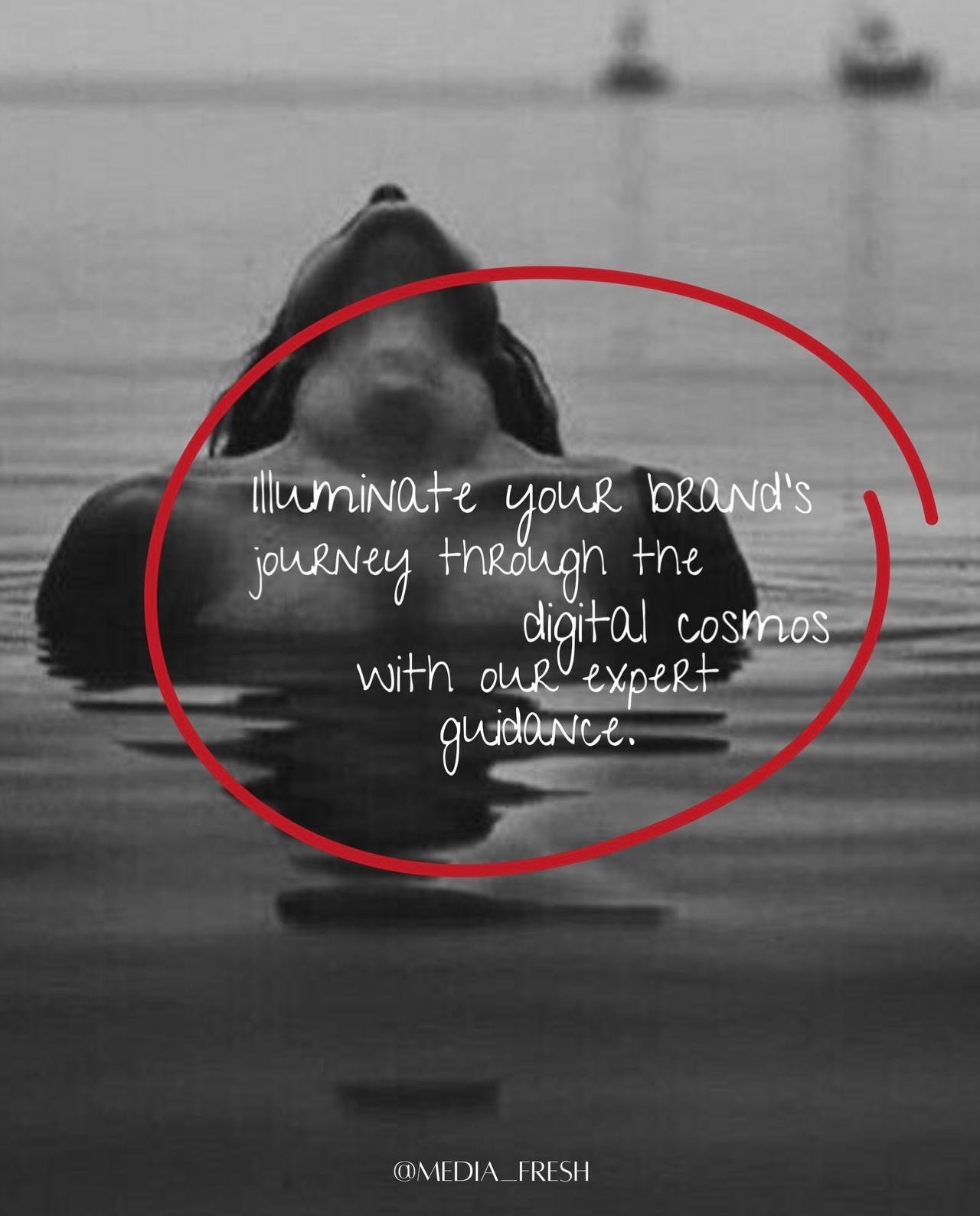Today, the average person devotes a significant amount of time to social media. Businesses from around the world began seeing this as an opportunity to market their products and services, using creative strategies to grow a successful online presence across social platforms. If you’re a marketer, these 5 trends are essential to improving your business in the digital world.
Created using data from Hootsuite’s Social Trends 2022 survey, here are the 5 biggest trends in social media marketing:
1. “The Brand Strategy Trend”
People want genuine connection.
The social media spotlight is switching its focus from large celebrities toward smaller, more authentic creators.
As people search for deeper connections on the internet, more niche artists are getting featured on social platforms because of the intimate spaces they create. Today, 50 million people call themselves “creators”, proving that a social media presence is more attainable than ever. However, the big brands are not being left behind just yet, seeing as they too are finding new ways to benefit from this shift. Twitter, for example, is working on a new feature dubbed “Communities”, which they describe as “a dedicated place to connect, share, and get closer to the discussions [people] care about most.”
2. The Social Advertising Trend
Social media makes more sales.
According to Hootsuite’s survey, marketers are planning to invest more of their money into social media advertising.
Why?
To put it plainly, these methods of advertising are proving more effective.
Businesses realized that each social media platform has its own unique functionality, so they began catering their marketing material to each one. This makes their ads seem like part of the experience rather than an interruption. The focus is now on blurring the line between regular and marketed content because it encourages higher community engagement.
Shaping their marketing to fit large platforms like Pinterest has provided businesses with exceptional benefits. For example, Structube, a furniture company in Montreal, is using Pinterest to market their products by creating shopping campaigns for specific keywords like “bedroom ideas” and “living room decor”. Catering their ads to Pinterest’s keyword functionality provided for double the return on Structube’s typical ad spend.
3. The ROI (Return on Investment) Trend
It’s not just marketing.
Although we’re focusing on marketing trends, there’s a bigger shift happening in the industry that we simply can’t ignore.
Based on the Hootsuite survey responses, companies are looking to “expand [social media’s] impact on other departments” aside from marketing. They are planning to use socials to enhance the experience for their employees, protect their brand and minimize company risks.
For instance, Ochsner Health, a nonprofit in Louisiana, runs an ambassador program on Instagram that offers opportunities for new recruitment as well as for current employees to earn credits toward their annual appraisal. Brands are beginning to see the potential in socials aside from traditional marketing campaigns, which promises a more communal experience within the workforce.
4. The Social Commerce Trend
Social media IS the brand.
A few years ago, social commerce was a brand new concept, so only large companies would use their resources to invest in social marketing.
However, when lockdown happened, social commerce became crucial for making all kinds of purchases. With this change came a shift in the perception of social marketing. Social used to be “an extension of the brand’s voice”, only a portion of a company’s outreach. However nowadays, “it is the brand’s voice. It is its core platform to engage with, sell to, and service customers,” according to Étienne Mérineau, cofounder of conversational AI platform Heyday. Consumers are no longer using socials to simply “Add to Cart” and “Checkout”, there are now dedicated spaces that take them through “every stage of the purchase journey, across almost every product category.” According to Hootsuite and We Are Social’s Digital 2021 report, “Social networks are now the second most important channel for online brand research after search engines”, meaning that social marketing is the way to go if you’re looking to increase engagement.
5. The Customer Care Trend
Customers need YOU.
As a result of lockdown, brands are expecting a global shortage of supplies, which will cause a wave of unhappy, unsatisfied customers. In preparation for this, they are increasing the demand for customer service over socials.
Trends are showing that socials have become a vital part of customer service, seeing as the service is faster, more convenient and more effective. In a survey commissioned by Facebook, 64% of people stated that they prefer online chatting over directly calling a business.
And where are companies looking to fill these customer service positions?
According to Hootsuite, “business leaders will look to social marketers to take a greater role in customer service” in 2022, because they are already trained to understand the customer’s needs. This means more opportunity for YOU as a social marketer.
The takeaway:
When looking at these 5 trends, there’s a clear connection between them: Social marketing is bigger than ever, and the growth won’t be slowing down anytime soon. If you’re a marketer, no matter the size of your business, you will see significant growth once you hop onto the social marketing bandwagon.
So when do you start?
The time is now.


















